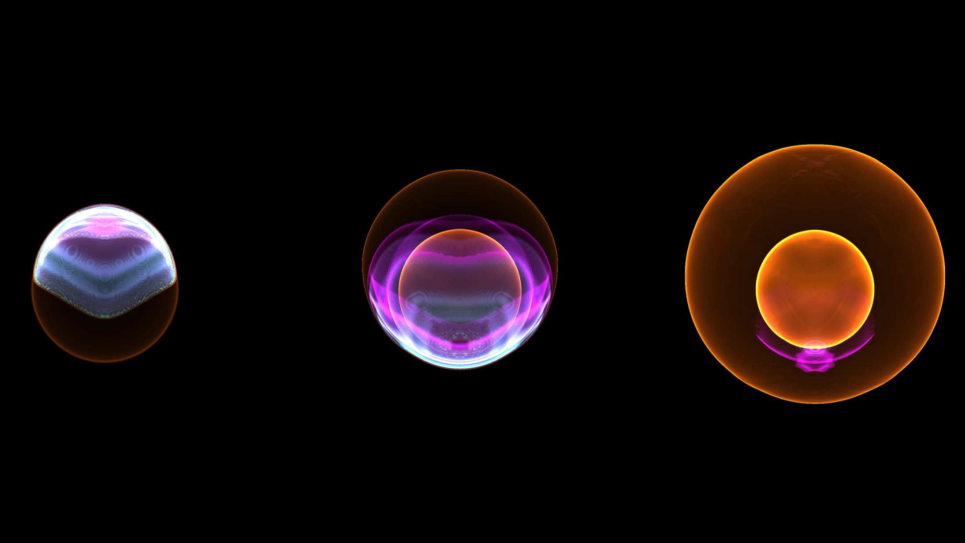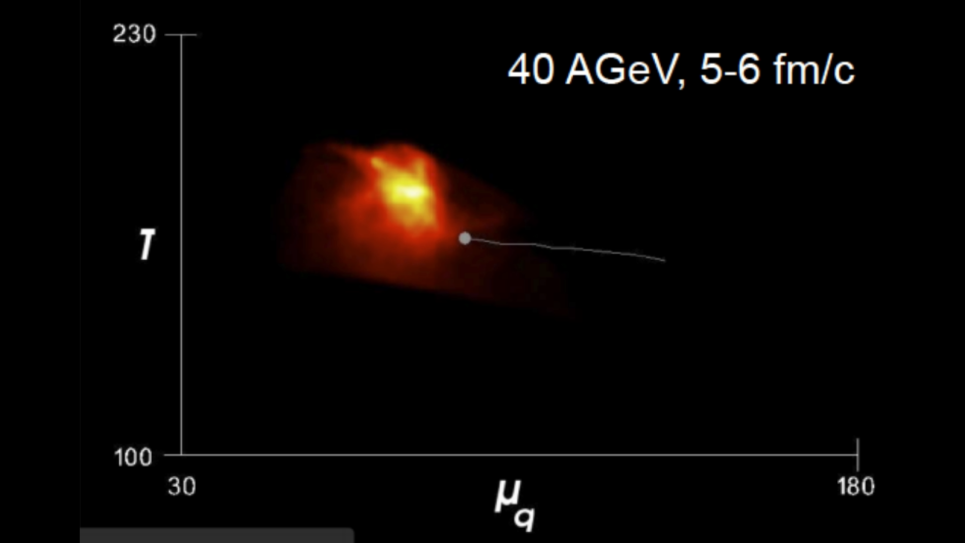High Energy Physics studies the properties of matter, energy, space and time at the smallest possible distances. We do this by building particle detectors of great size and complexity – in some cases weighing thousands of tons and having millions of readouts. We then use these detectors by comparing computer simulations of what we would expect to see if different theories hold true with the actual data, and seeing which, if any, match. Progress can be made by improving either end of this comparison, and we propose here to improve the quality of the computer simulation. Using supercomputers, we can produce more simulated events, and simulation events of better accuracy or greater complexity than we could otherwise.
This project supports a team of experimental and theoretical physicists working together to answer fundamental questions for High Energy Physics. While much of the work is unique to each project, much of it is in common, and by working together we can accomplish more than we can by ourselves. Additionally, by working together, we have created an environment where other particle physicists can use these supercomputers more easily and quickly than they would on their own, to the benefit of everyone.

